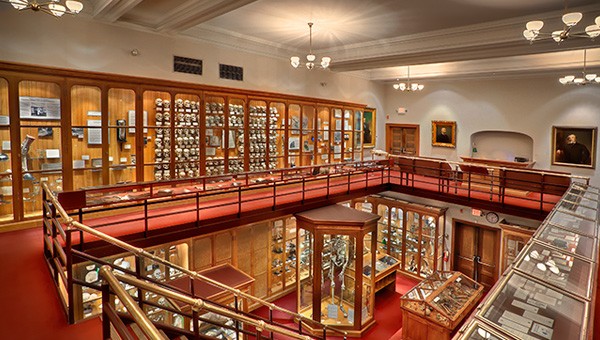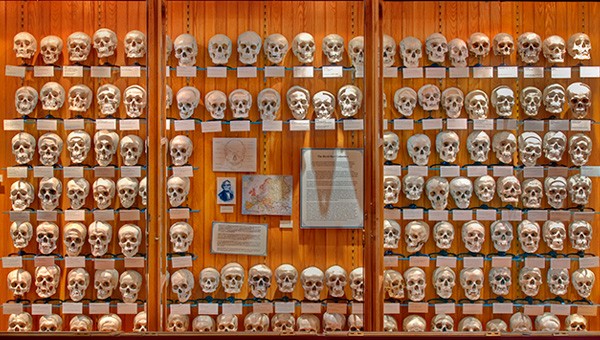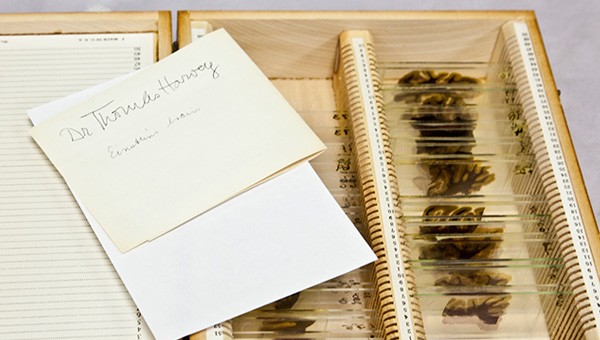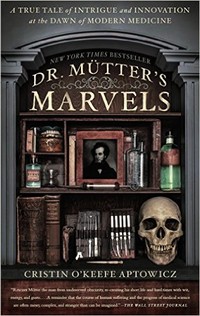Mütter Museum
Introduction
Text-to-speech Audio
Images
Display cases

Hyrtl Skull Collection

The Soap Lady

Einstein's Brain

Learn more about the life and times of Dr. Mütter with Cristin O'Keefe Aptowicz's book, Dr. Mutter's Marvels. Click the link below for more info.

Backstory and Context
Text-to-speech Audio
Medical anatomical museums served as popular sites for leisure activities for Americans throughout the late 19th and early 20th centuries. Fascination for the obscure and odd added to the spectacle of anatomical museums. On par with dime-show novelty acts and freak shows, anatomical museums sensationalized the medical profession through the use of actual body parts and models. Popularity for these museums ebbed and flowed due to social ideas related to public decency and morality.
Medical anatomical museums also served as teaching museums for medical schools. Most medical schools during the 19th century had an anatomical museum in which students studied and also procured specimens. Many professional anatomical museum curators aimed to collect the most obscure and interesting specimens and materials for their collections.
The Mütter Museum of the College of Physicians of Philadelphia opened in 1863 in Philadelphia, Pennsylvania. The museum consisted of specimens and objects from Dr. Thomas Dent Mütter’s personal collection. Dr. Mütter, an American surgeon, donated $30,000 and 1,700 artifacts to the museum. Dr. Mütter specified that the collection had to be contained in a fire-proof building, with a curator to maintain and add to the collection. Annual lectures were also expected to be held at the facility.
The Mütter Museum is part of the College of Physicians of Philadelphia, which was founded in 1787 and continues to serve both medical and public audiences in the study of medicine. The museum’s collection currently consists of more than 25,000 items, with permanent and traveling exhibits. Artifacts are displayed in cabinets, resembling the 19th-century anatomical museum style. Visitors to the museum can examine medical instruments, anatomical models, and specimens to learn about the human body and the role of medical diagnosis and treatment.
Sources
“The Medical Museum and Its Relevance to Modern Medicine.” The Journal of the Royal Society of Medicine, vol. 87 (January 1994). Accessed November 1, 2014. http://www.ncbi.nlm.nih.gov/pmc/articles/PMC1294281.
The Mütter Museum of the College of Physicians of Philadelphia. “History.” Accessed November 1, 2014. http://muttermuseum.org/about/history.
